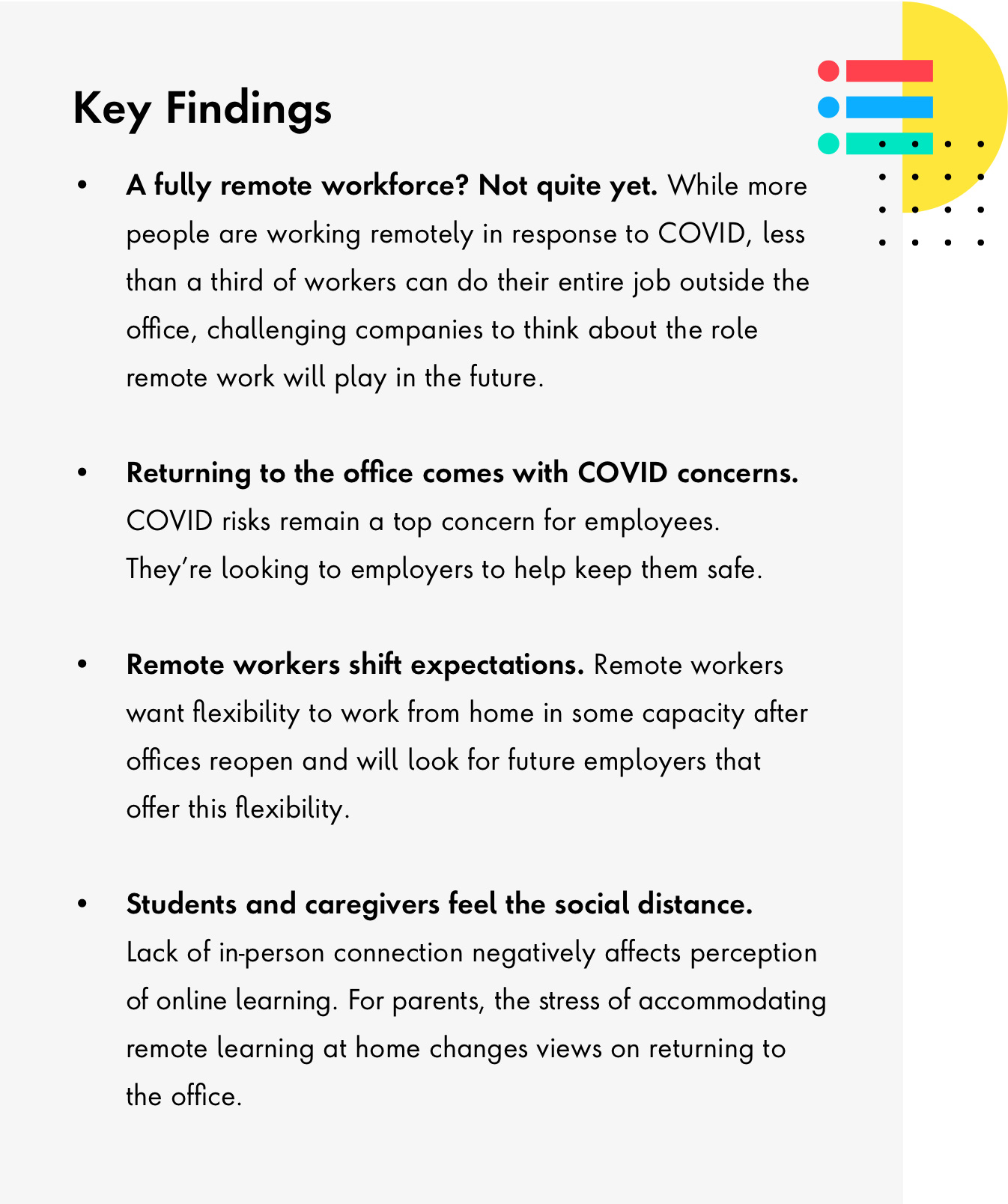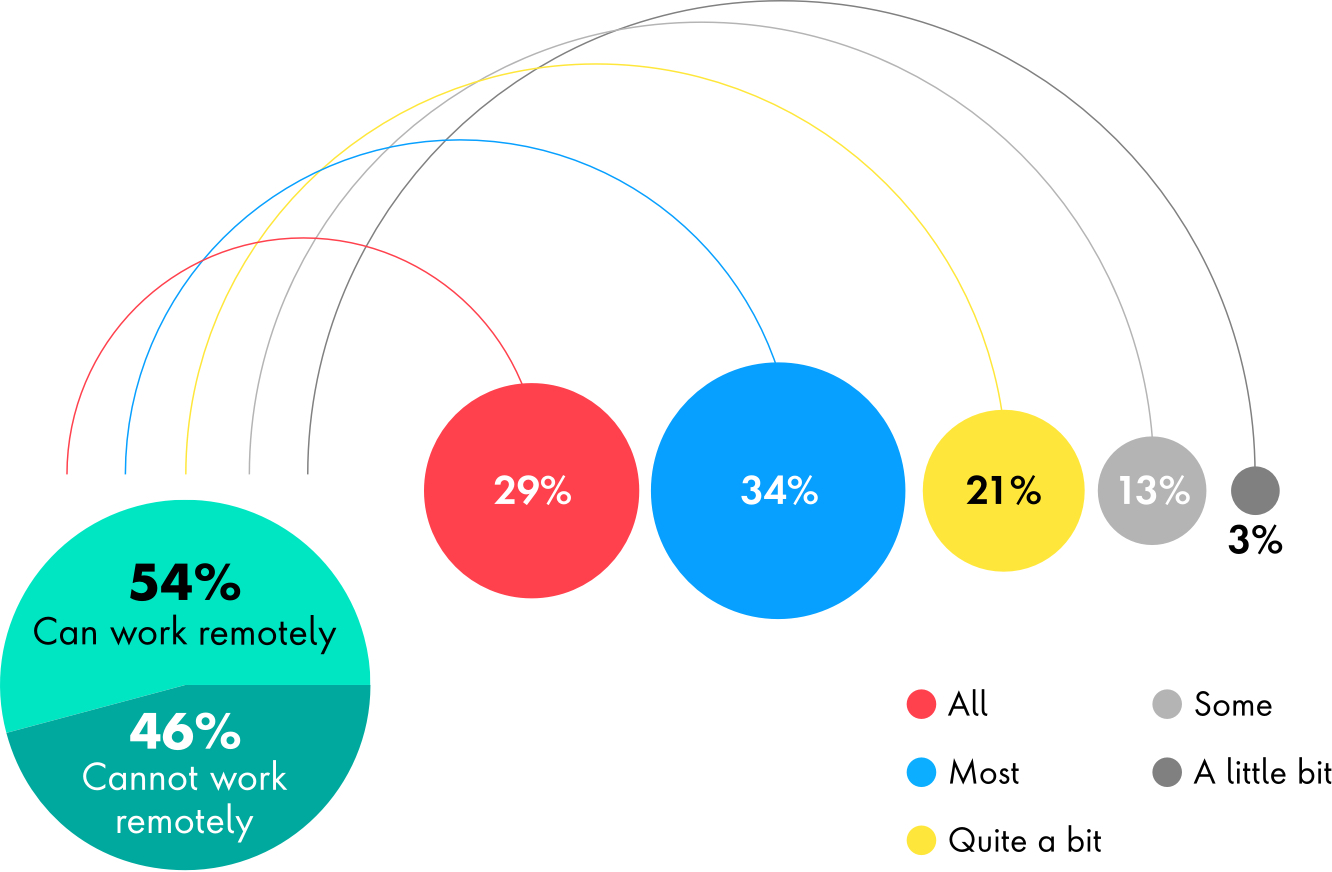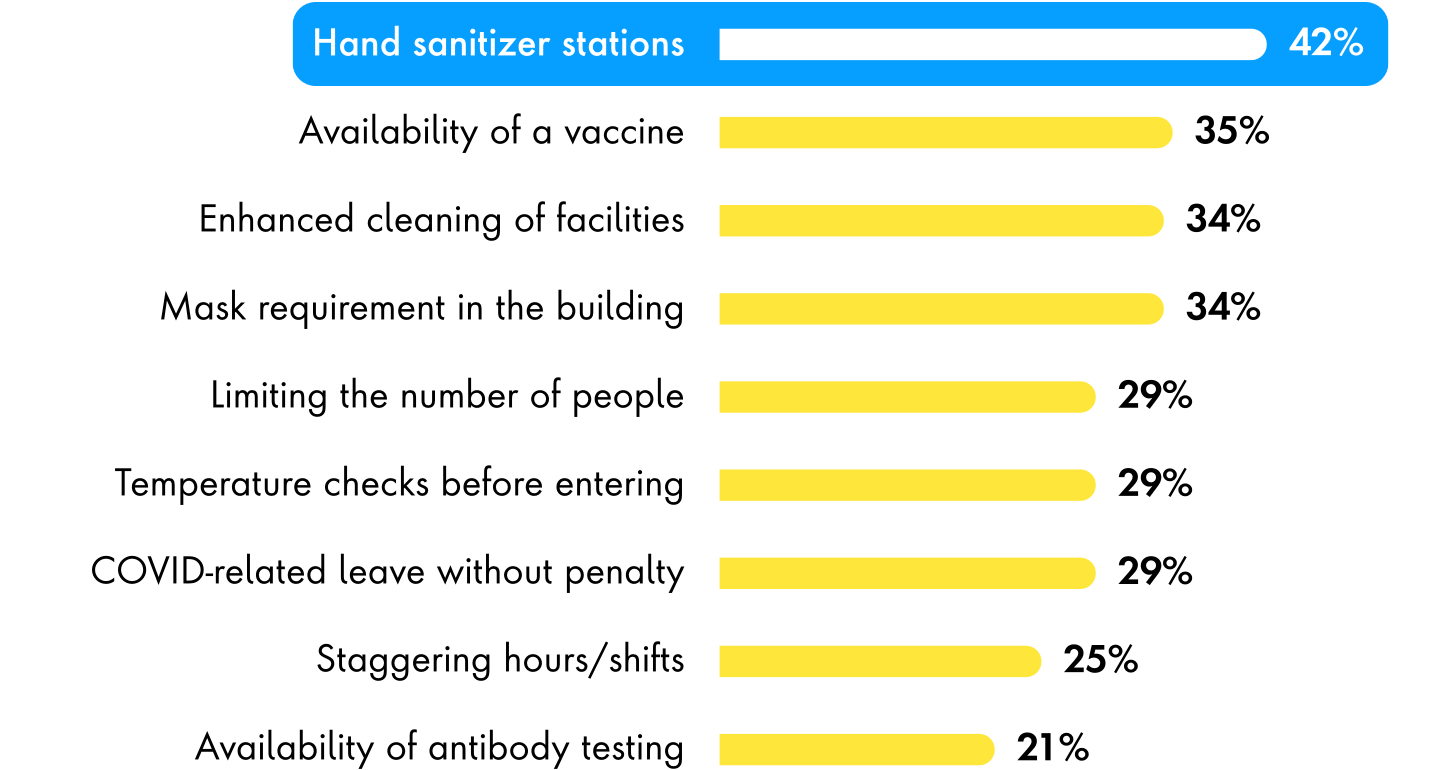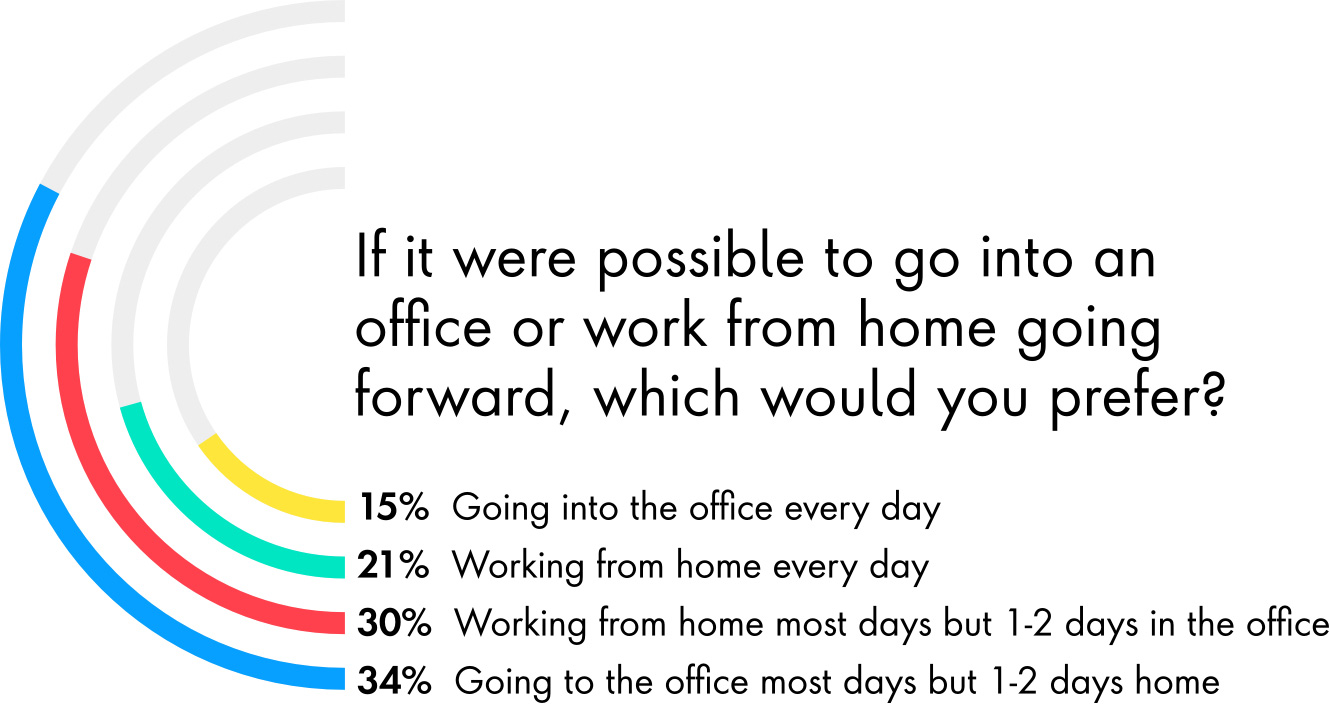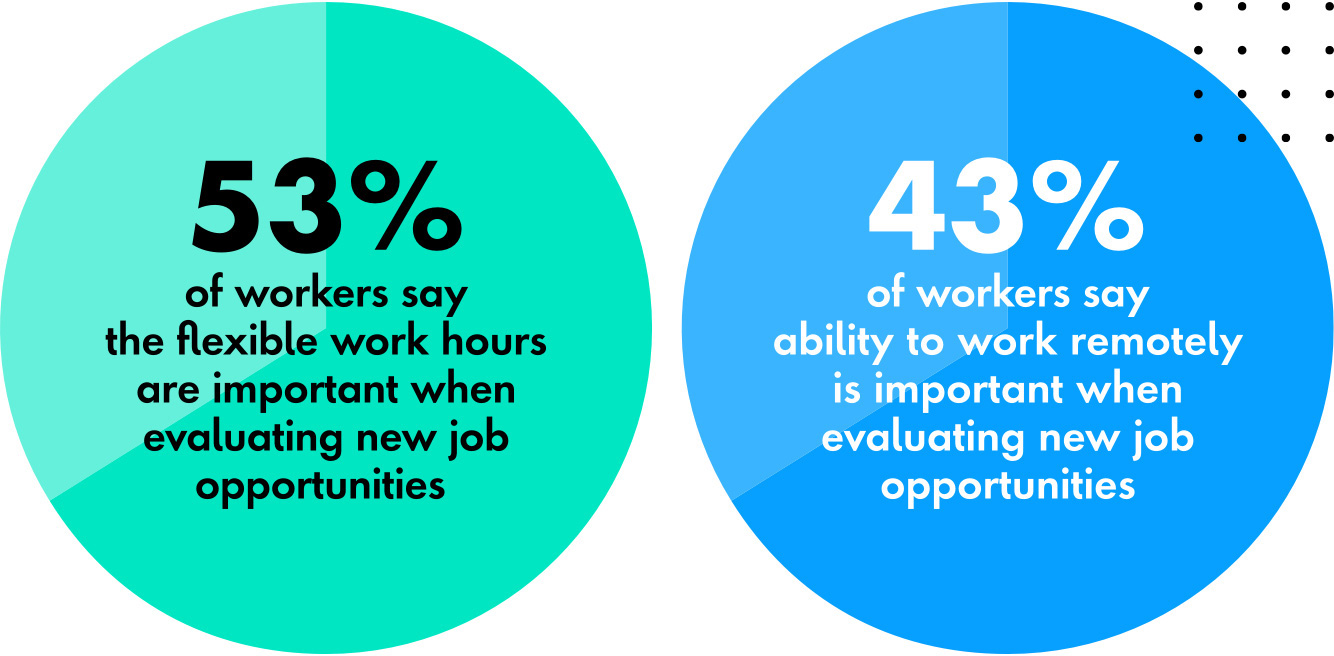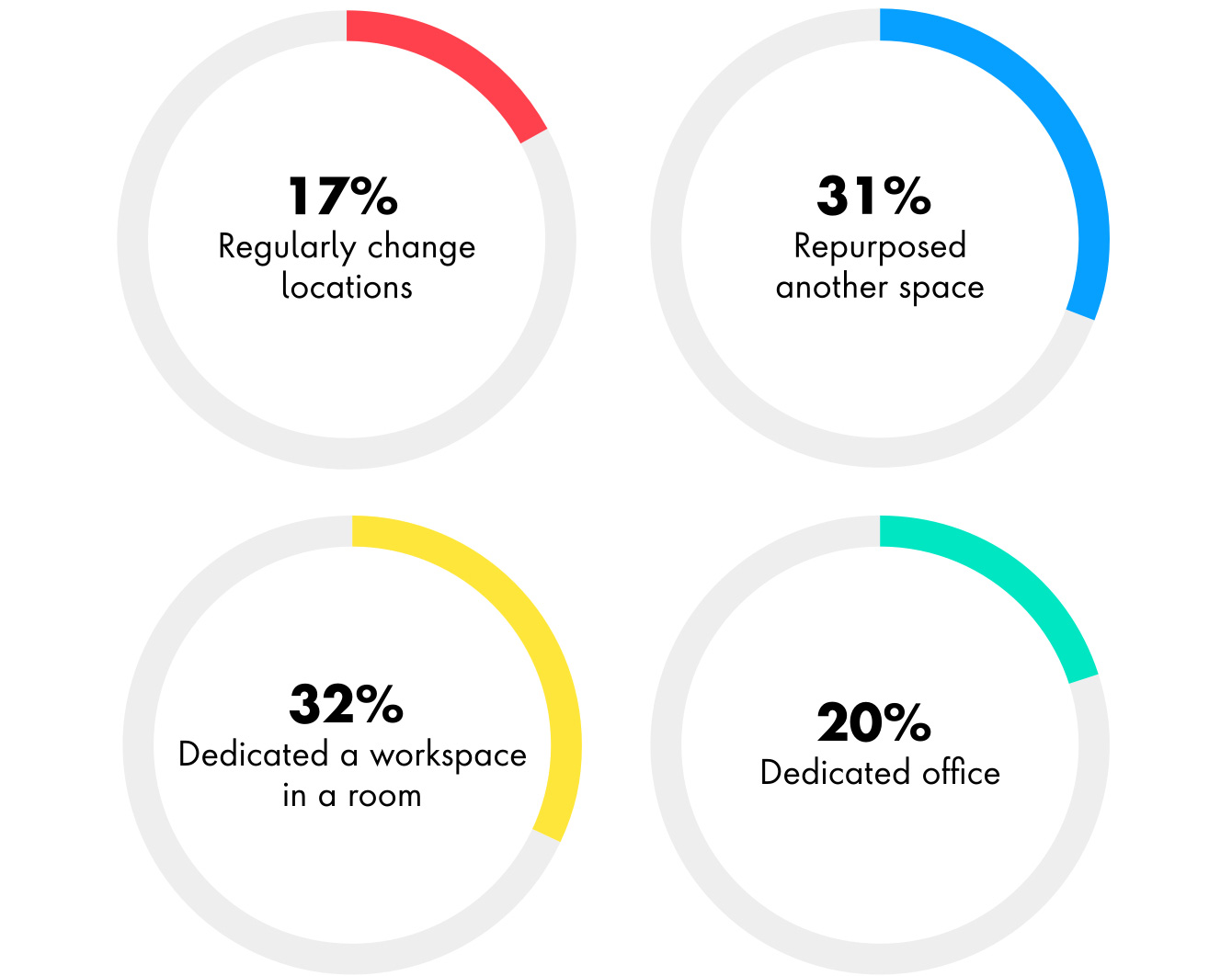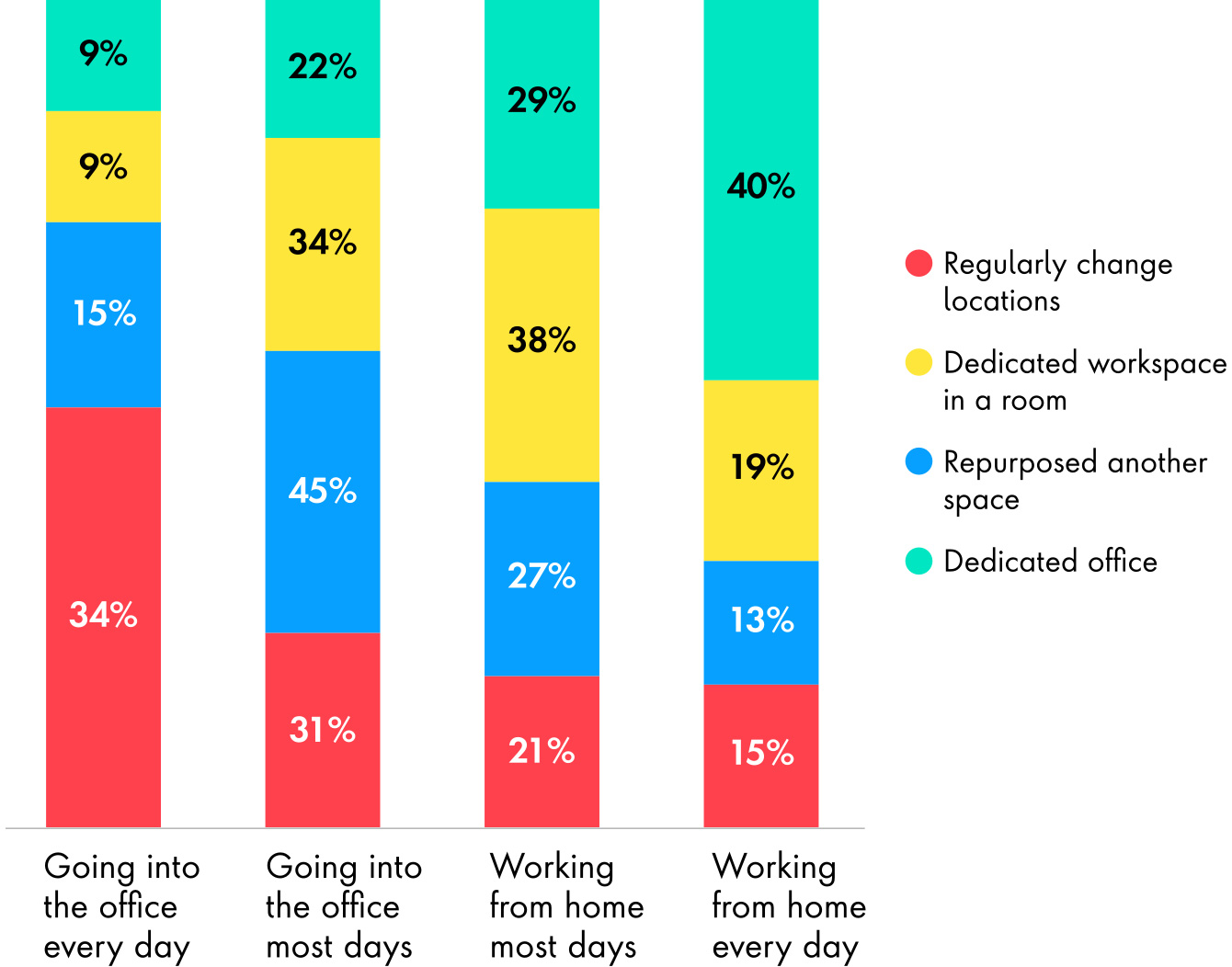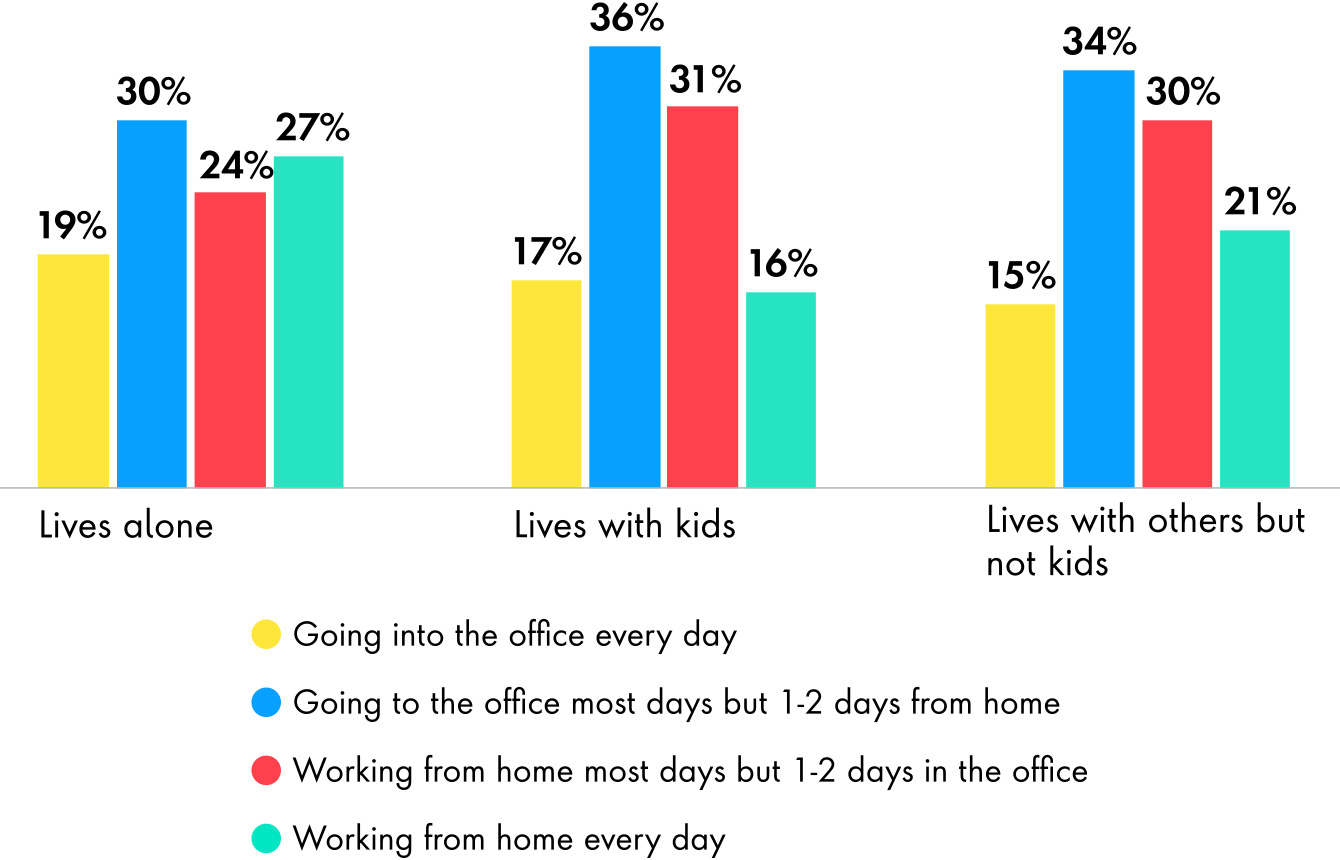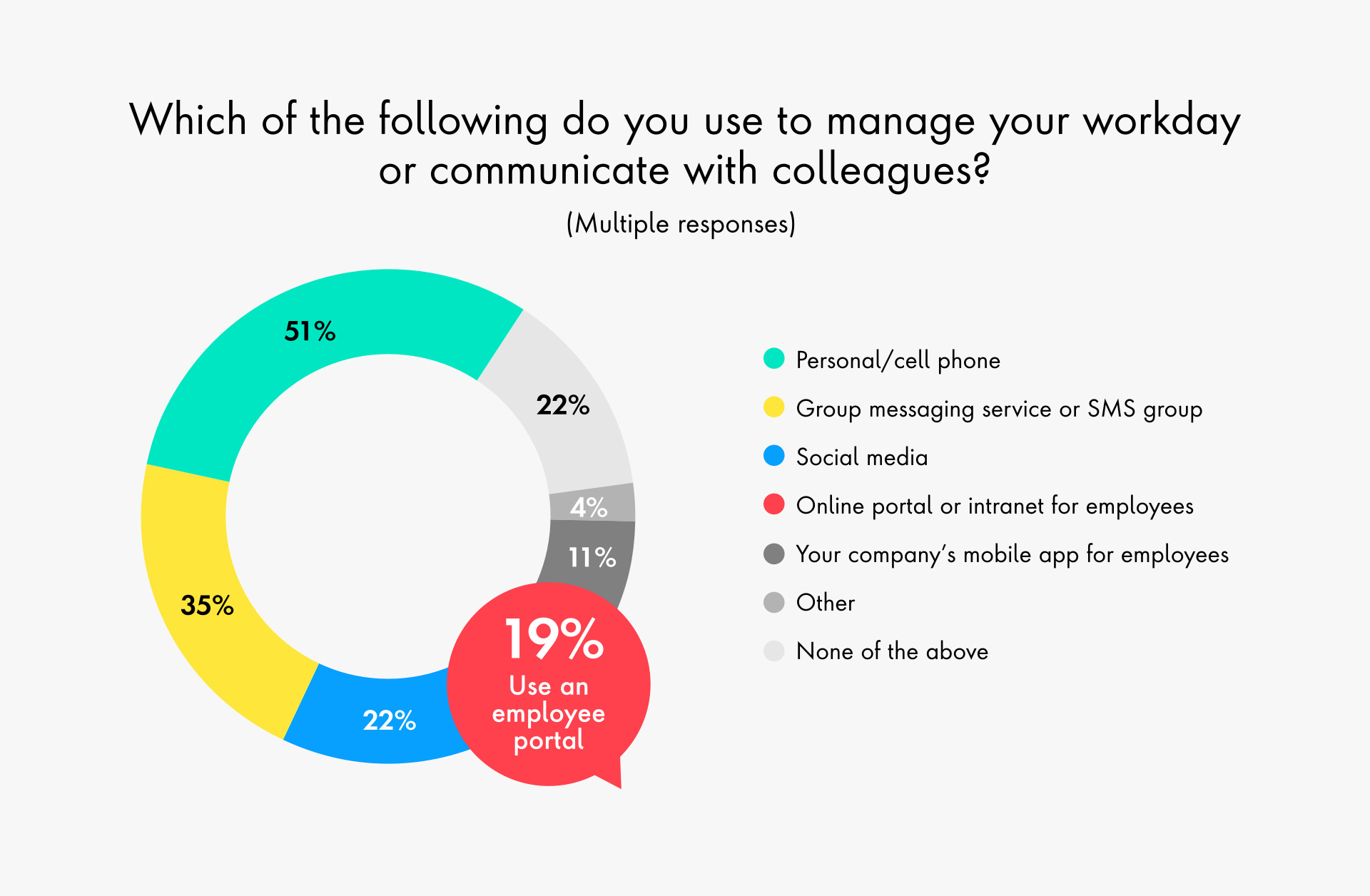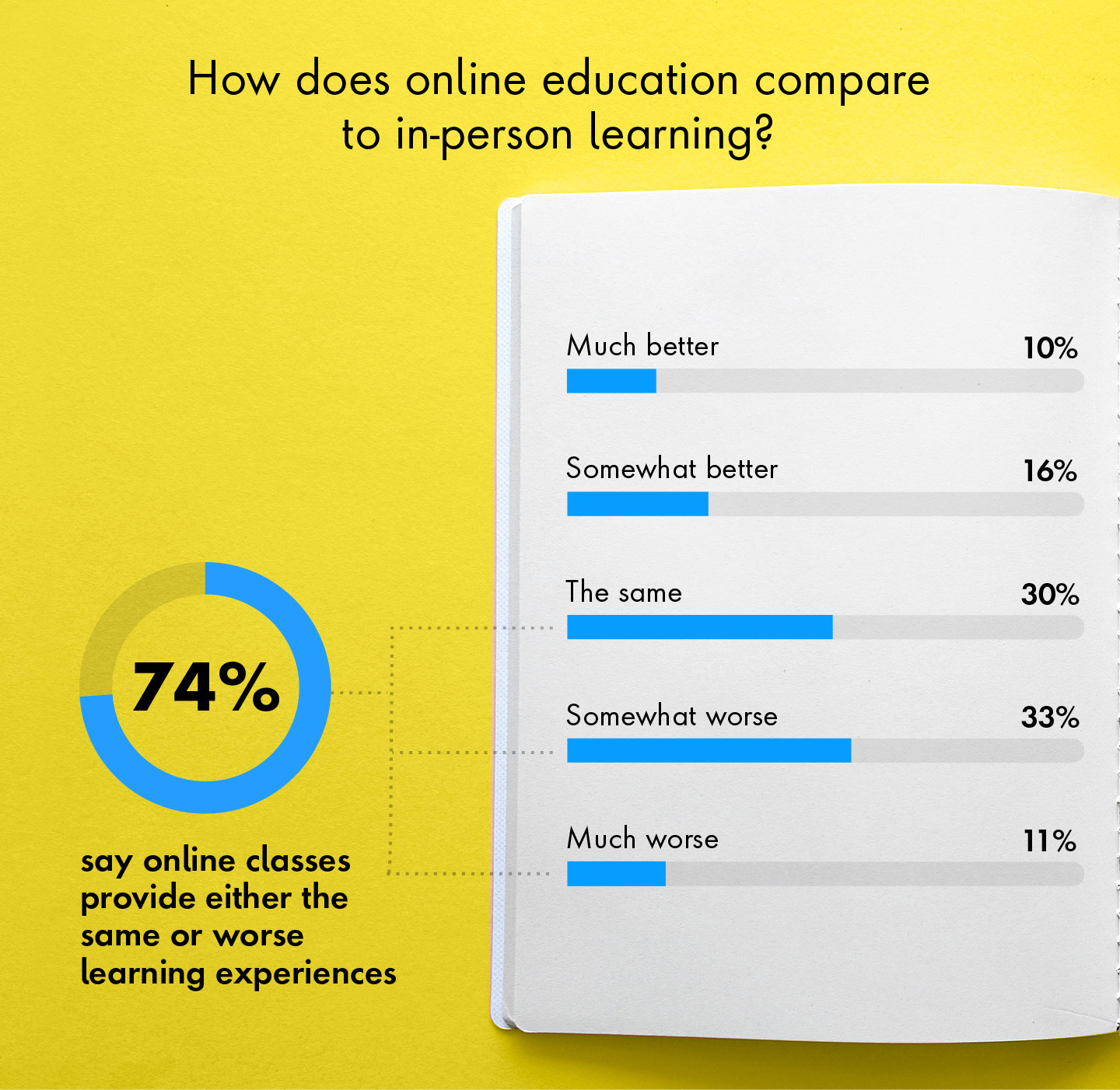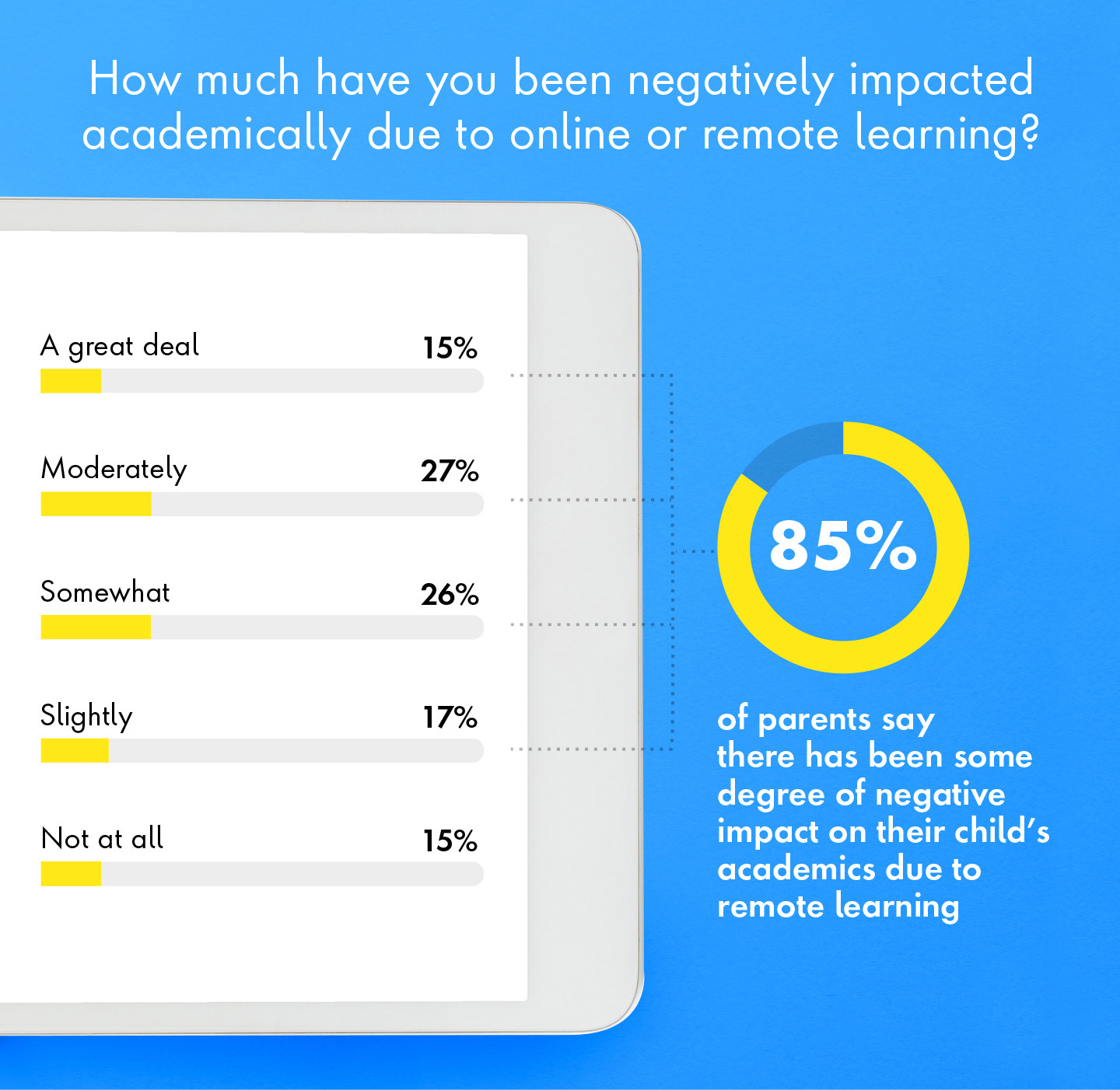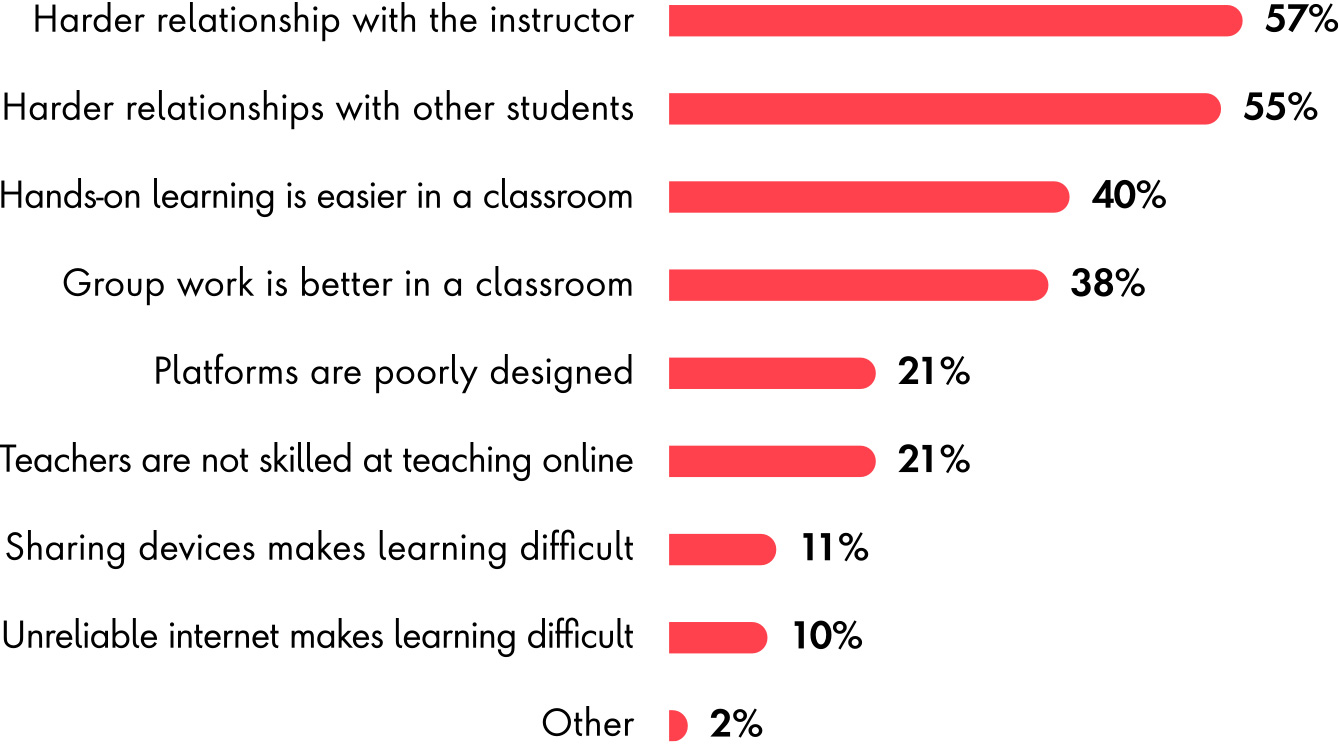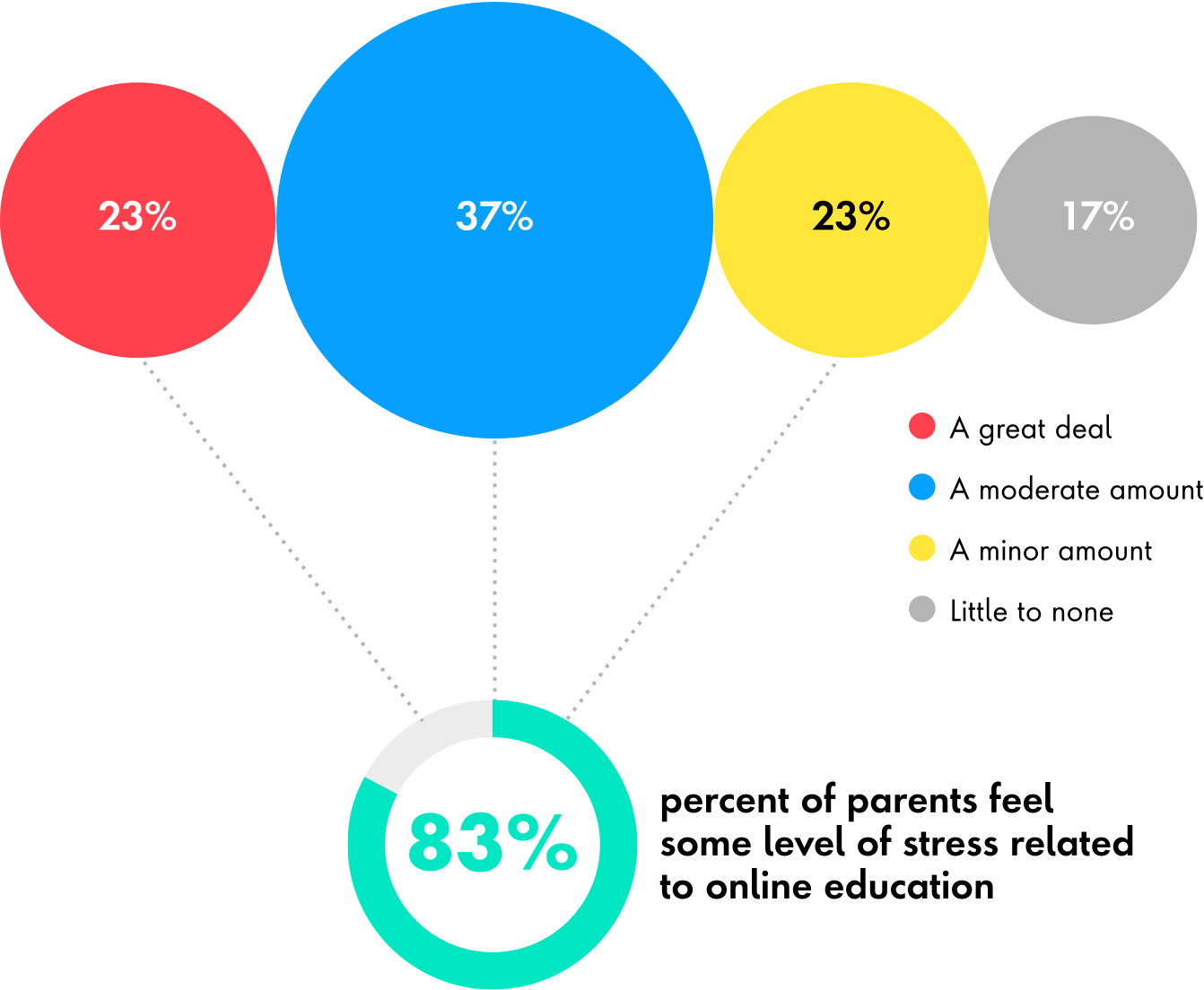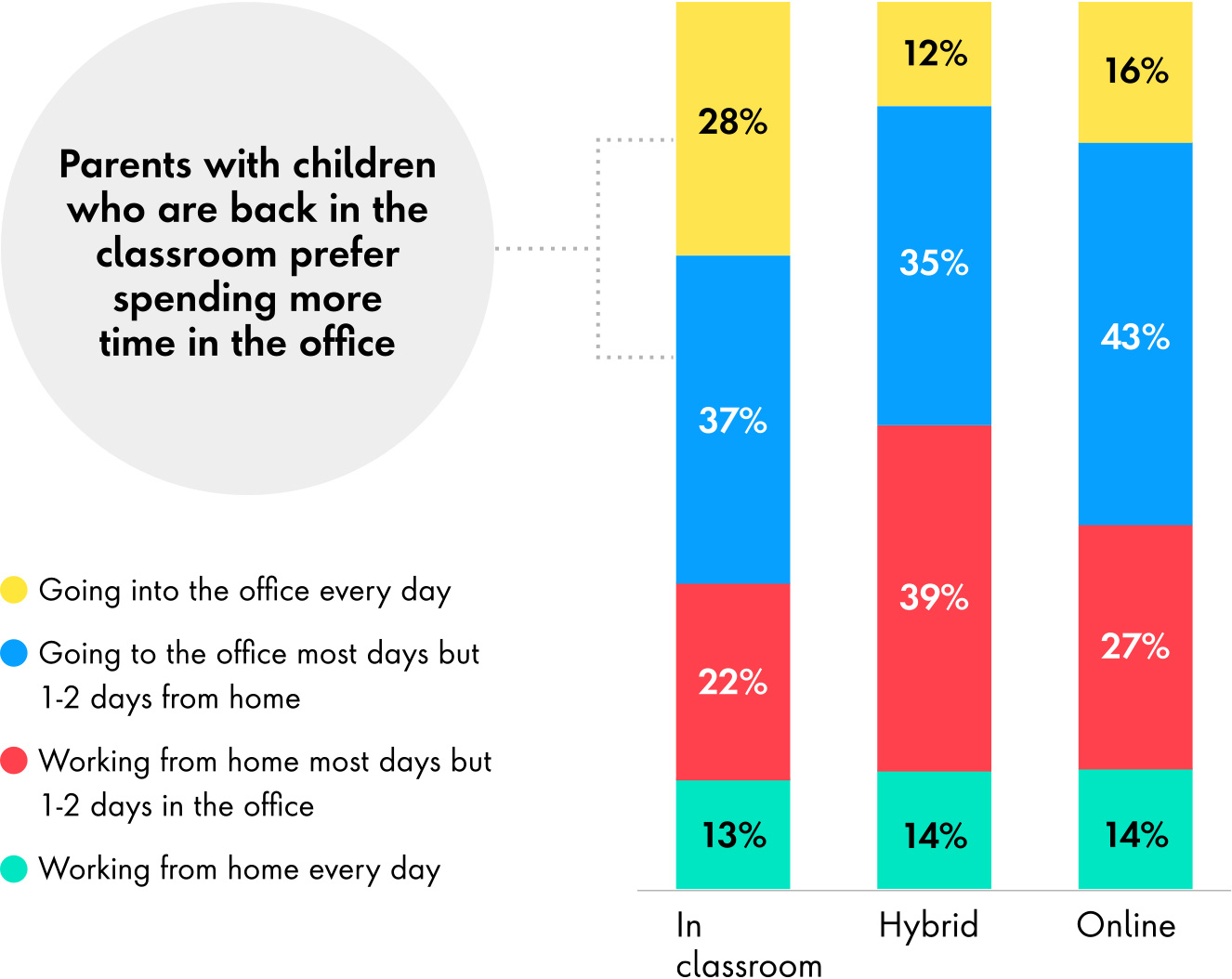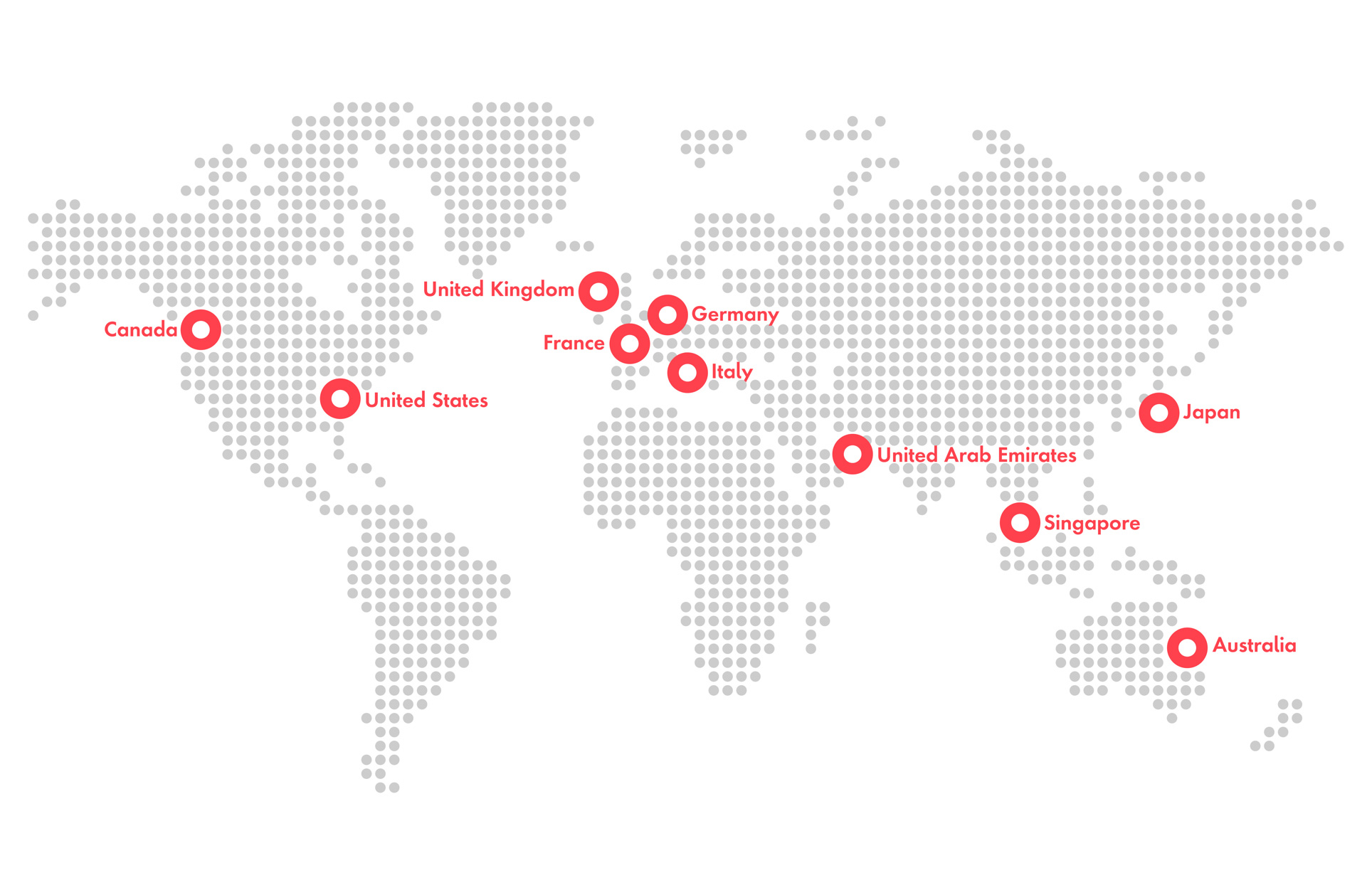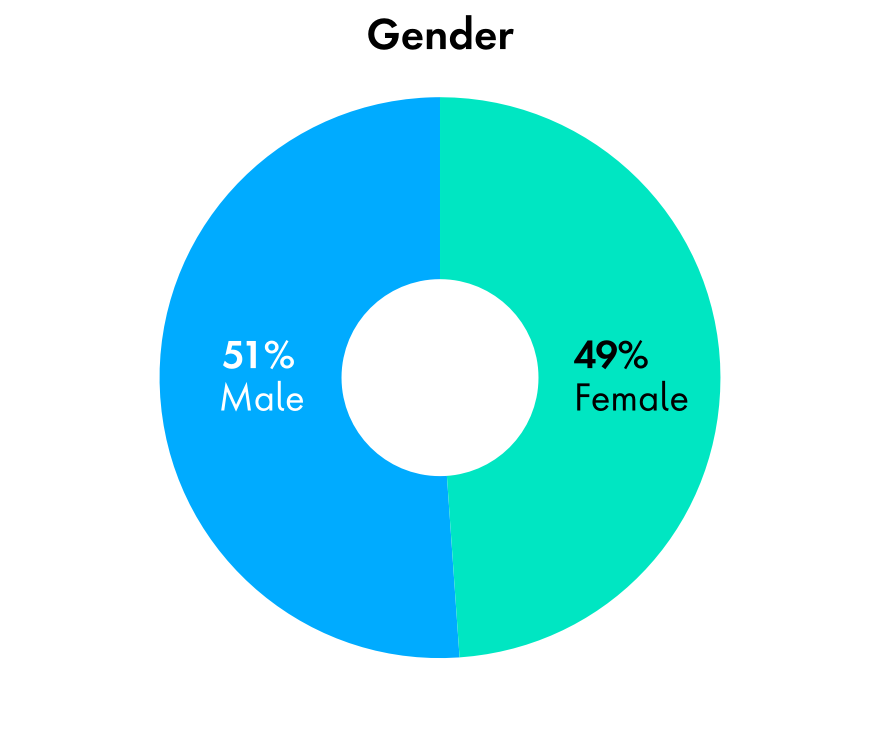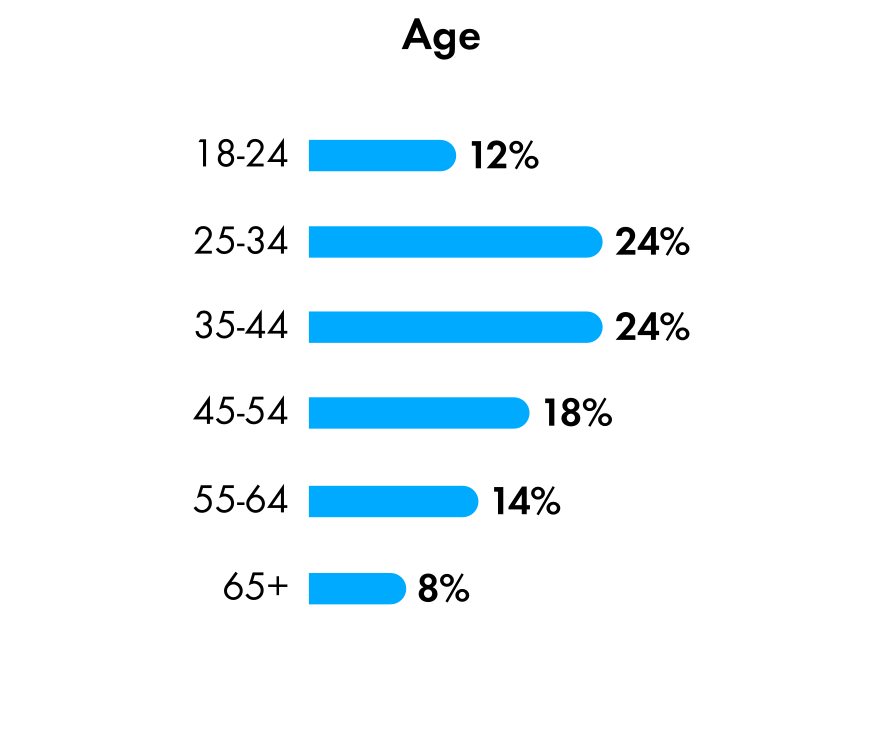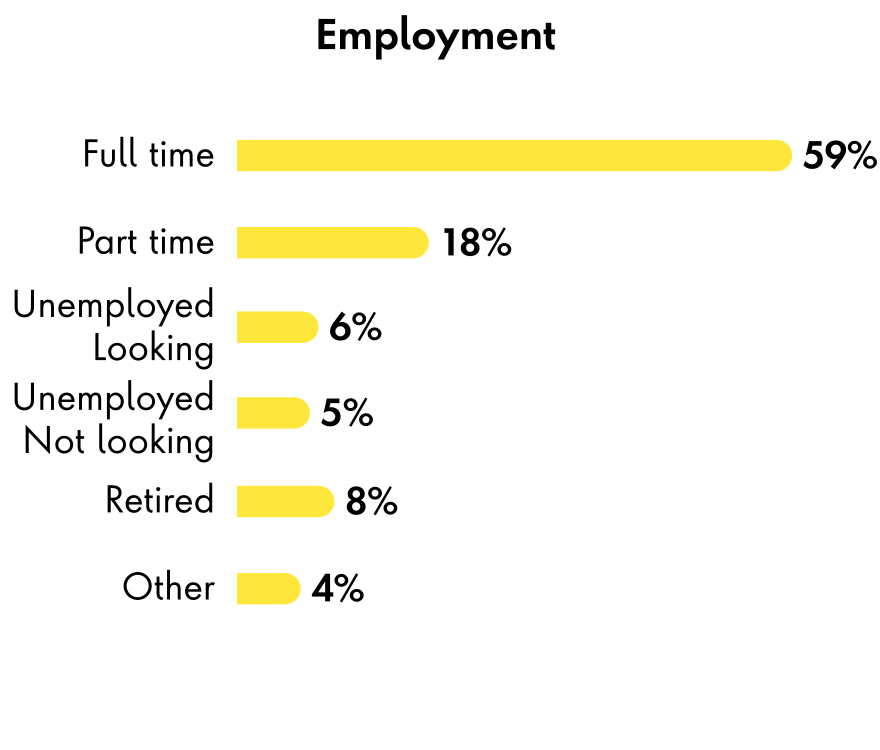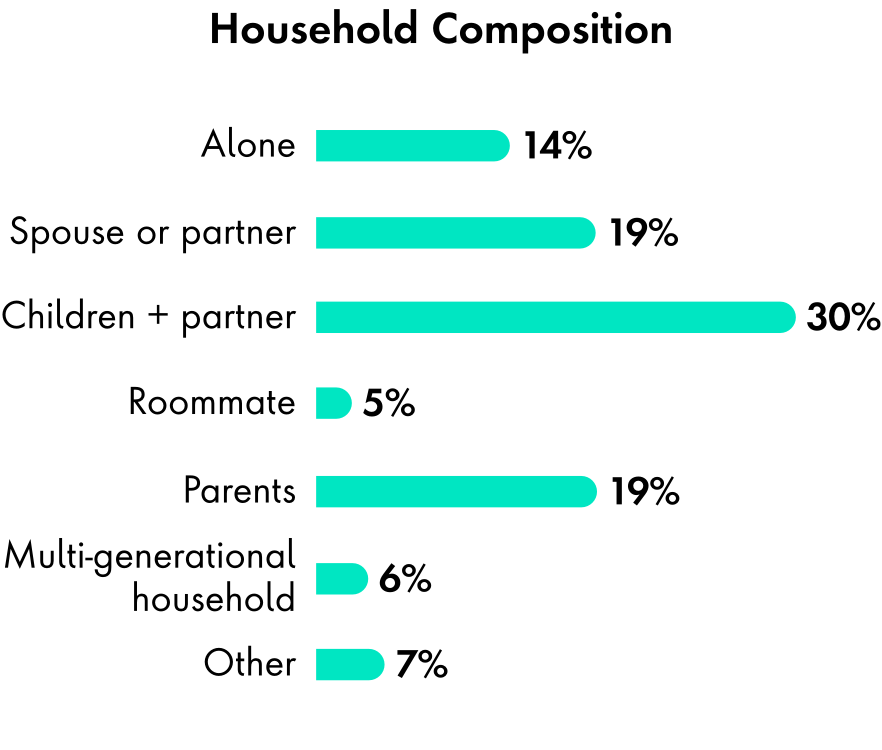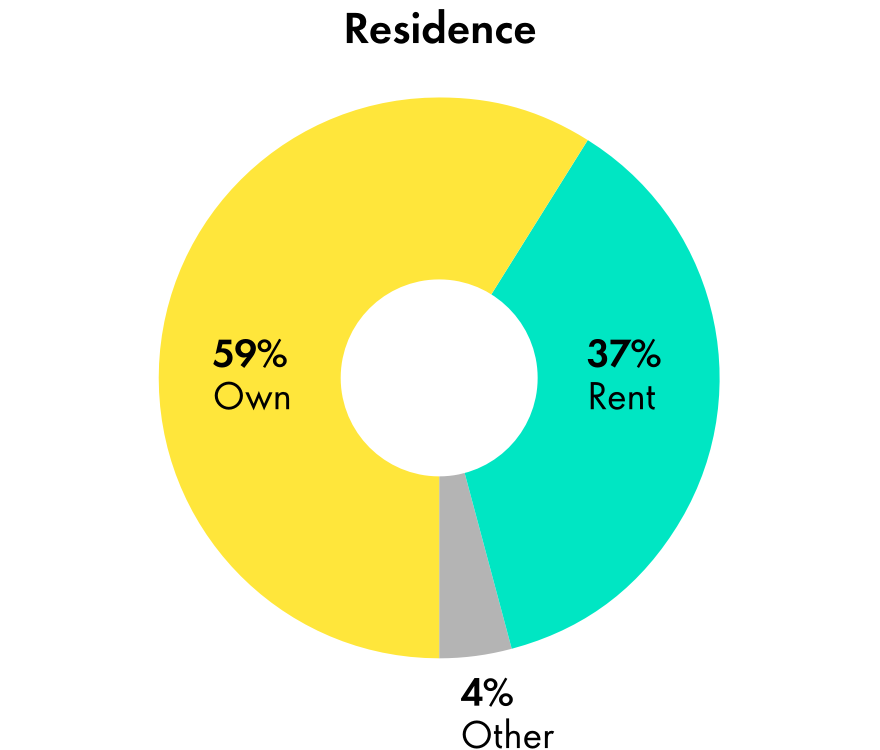To reopen, companies face a staggered and complicated process, defined by government guidance enacted as part of regional COVID-19 response. Businesses requiring on-site employees must rapidly adjust to accommodate a safe work environment. Others must accommodate a balance of on-site, hybrid and fully remote teams.
Educators face a similar burden. As schools undergo regional phases of reopening, institutions are developing ways to allow access to quality levels of learning while translating what is typically an in-person experience into digital mediums that provide value and keep both students and teachers safe.
With students and employees often in the same household, remote learning and remote work challenges become interconnected. This time serves as a period of experimentation, with innovation bearing potential to shape what people want from employers and educators in the future.


